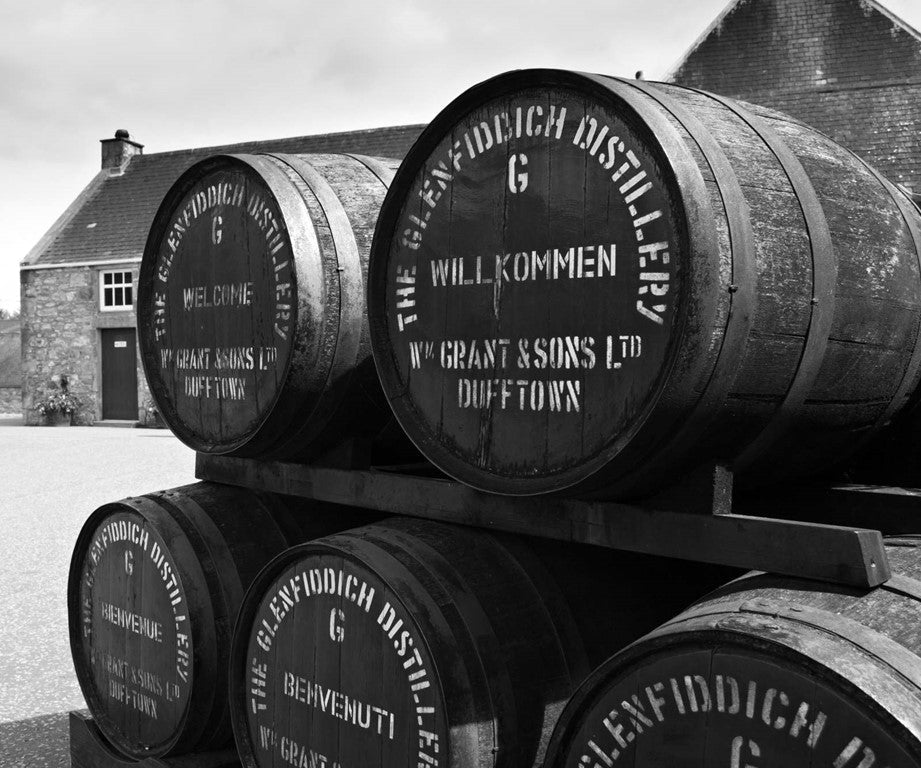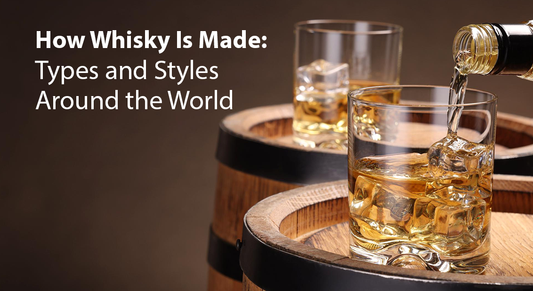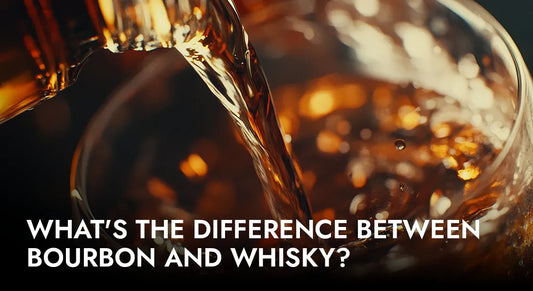
Scotch Region Overview - A Guide To The 6 Different Whisky Regions In Scotland
You may have tasted your first whisky, or you may have tried many whiskies. But are you aware of the different Scottish whisky regions?
We have put together a guide that spans the six regions of Scotland, underlining the features and characteristics of the whiskies from each region. If you're eager to taste the regional differences, our Scotch whisky collection includes bottles from each major area.
1. Highlands
Highland flavour profile: Fruit Cake, Malt, Grassy, Dried Fruit, and Mildly Smokey
Highland is the largest whisky region, covering a wide variety of aromas ranging from floral to mild peat to rich sherry. Because of its size, there are four sub-regions, each having its own whisky flavour profile. Northern Highlands is better known for its sweet, full-bodied single malts. The Eastern and Southern Highland whiskies are a little lighter in texture. While the Western Highlands have a slight coastal, maritime character. One thing to know for sure when drinking across the Highlands whiskies is to expect elegance and complexity with every drop.
2. Speyside
Speyside flavour profile: Honey, Floral, Apple, Vanilla, Oak, Full-bodied, and Dried Fruit
About 60% of Scottish single malt whisky production is in Speyside. This is Scotland’s driest and warmest region, making it an ideal area for agriculture. The Spey River is also a great asset to produce whisky.
You may find some mildly smoky whiskies, but most Speyside whiskies are full-bodied and sweeter. Peat usage is very rare, so it means that you will rarely drink a smoky dram. The area remains renowned for its well-rounded single malts, making it ideal for whisky beginners, experienced tasters, and everyone in between. Speyside expressions are some of the most approachable — find your favourite from our single malt whisky range
3. Lowlands
Lowland flavour profile: Grass, Honeysuckle, Citrusy, Toast, and Sweet
Most grain and blended whiskies are produced in the Lowland region. This area is commonly associated with light and grassy whisky, which is often peaty. The area of Lowland had once been one of the biggest whisky production regions, but mass production did not work out. What developed was a gentler, mostly non-peated, and light-bodied whisky.
Owing to the inland, non-coastal geography, the Lowlands whisky lacks the saltiness compared to other whisky regions. If you want a smooth, mildly neutral Scotch whisky, then Lowlands single malt is your best choice. Notes of cream, hay, cinnamon, and ginger are just below the surface. The "Lowland Ladies," a group of whiskies famous for their light and floral characteristics, are native to this region. From bold Highland styles to light Lowland drams, our whisky collection covers every flavour profile.
4. Campbeltown
Campbeltown flavour profile: Smokey, Brine, Grassy, Dried Fruit, and Sweet
Campbeltown is somewhat overlooked, but it should not be. It is the only town to be recognized as its own scotch region, and its distilleries still have quality drams. Once home to over 30 distilleries, only 3 distilleries currently remain in this town: Glen Scotia, Springbank, and Glengyle. The newer Glengyle is salty and citrusy. Springbank is heavier and more peated, and Glen Scotia is lighter and grassier. There are nuances of salinity and caramel notes within Glen Scotia’s lighter-bodied whiskies, making it stand out between Islay and Speyside.
5. Islay
Islay flavour profile: Seaweed, Brine, Peat, Smokey and Oily
Islay scotch whiskies are considered to have the strongest flavour profile. Islay, nicknamed "Whisky Island," is an island off the west coast of Scotland. Over eons, the island eventually decayed into a carbon-like fuel source that was usually used for dry malt. Thus, most Islay whiskies are super smokey, made from malt barley over burning peat. Love that peaty intensity? Explore our Islay-style single malts to experience it firsthand
These whiskies have a medicinal and salty taste, which makes these an acquired taste. Some whiskies contain massive notes of iodine, cocoa, and saltiness, while others play up the pepper and moss flavours. Taste them all before choosing which one you like best, assuming you have a peat penchant.
6. Islands
Island Flavour Profile: Brine, Oily, Spicy, and Sweet
As a whisky region, the islands cover Skye, Arran, Mull, Jura, Lewis, and Orkney. Every island has its own taste profile, and anything from light, fruity, and citrus to very peaty is conceivable. The islands do not often make the cut as an official whisky region and are sometimes considered to be part of the Highlands instead of their own whisky region.
Not sure where to begin? Our whisky tasting packs & let you sample multiple regions side-by-side.
The main distilleries of the Islands are diverse. However, there is also some consistency, such as the inclusion of salinity and coastal maritime character, which makes these whiskies loosely comparable to Islay single malts. The profiles get wider, touching down on herbal, sweet, citrus, and nutty characteristics
Whisky is a complex drink, and there are many different factors that affect the taste. The six different regions of Scotland each have their own unique flavor profile. When trying whisky for the first time, it is helpful to know which region the whisky is from so you can have an idea of what to expect. Or count down the season with regional favourites using one of our whisky advent calendars.













